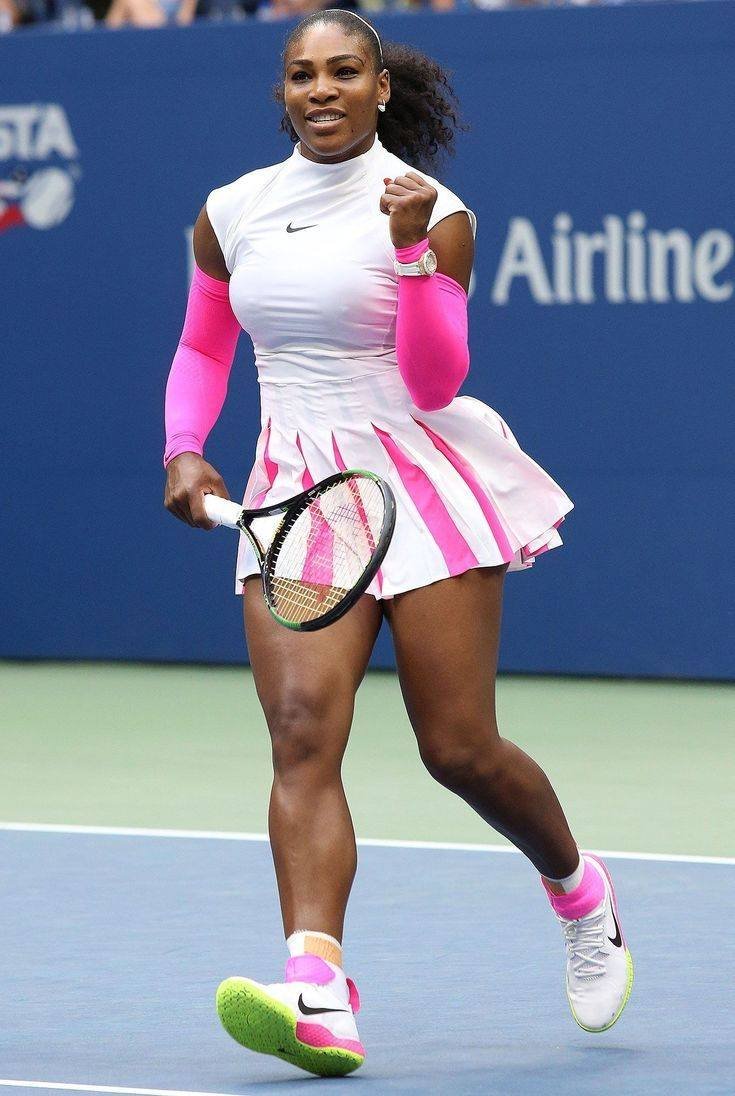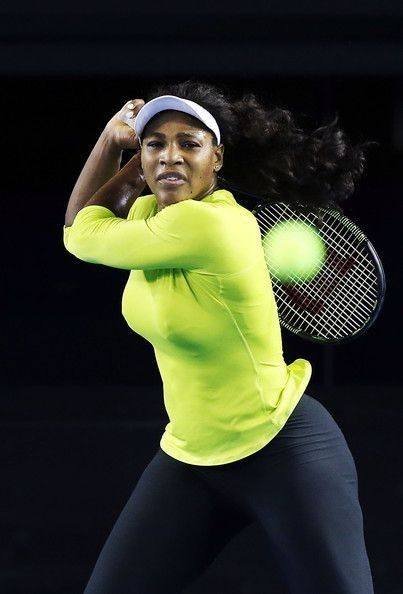In the annals of sports history, few names shine as brightly or as enduringly as Serena Williams. More than just a tennis player, Serena is a phenomenon—a force of nature who reshaped not only the game she played, but the culture that surrounds it. Her story is one of talent, power, resilience, and an indomitable will that has inspired millions across the globe. She is, by every definition, the greatest tennis player the world has ever seen.

From the very beginning, Serena was different. Born in Saginaw, Michigan, and raised in Compton, California—a place better known for street struggles than country clubs—Serena and her sister Venus trained on cracked public courts under the guidance of their visionary father, Richard Williams. He saw greatness in his daughters long before the world did. While others scoffed at the idea of two Black girls from Compton becoming tennis champions, Richard taught them to believe, to fight, and to never fear standing alone.

Serena’s rise to the top was not a quiet one—it was a roar. In 1999, at just 17 years old, she won her first Grand Slam title at the US Open. It was a moment of glory, but it was just the beginning of a career that would redefine dominance. Over the next two decades, Serena would go on to win **23 Grand Slam singles titles**, the most in the Open Era, and just one shy of the all-time record held by Margaret Court.
But numbers alone don’t capture what made Serena extraordinary.
She didn’t just win—she _conquered_. Her game was a masterclass in power, precision, and psychological warfare. Her serve was considered the most lethal weapon in tennis—fast, accurate, and intimidating. She could hit forehands and backhands with such explosive strength that even the top-ranked players struggled to return them. But beyond her physicality, Serena had a mental toughness that was unmatched. She played with emotion, with passion, with fire. Even when down in matches, she had a legendary ability to fight back—to flip the script, change the rhythm, and turn defeat into victory.

Time and time again, she rose from the ashes. Injuries, setbacks, personal tragedies—none of them could stop her. She battled blood clots that nearly ended her life. She returned after giving birth to her daughter, Olympia, and still reached Grand Slam finals, proving that motherhood and elite athleticism were not mutually exclusive. Her presence on the court wasn’t just about tennis—it was a symbol of strength, defiance, and grace under pressure.

Off the court, Serena was just as impactful. She shattered stereotypes and broke barriers. In a sport historically dominated by white athletes, she became a Black woman champion with beads in her hair, unapologetically herself. She spoke up about racial inequality, gender bias, and body shaming. She made people uncomfortable—and she didn’t care. Because she knew her worth. She redefined what beauty looked like, what strength looked like, what success looked like.
She inspired generations—not just of athletes, but of people. Little girls around the world saw Serena and believed that they, too, could be powerful. Could be champions. Could wear braids, speak out, be fierce, be soft, and _still win_.

Serena also used her platform for business and activism. She built her own fashion brand, invested in tech, supported women’s startups, and became a vocal advocate for equal pay and women’s rights. She proved that greatness isn’t just about trophies—it’s about legacy. And Serena’s legacy is vast, alive, and growing.
Her matches were not just games; they were events. They were battles, stories, moments of global unity. When Serena played, the world watched. She played with her heart on her sleeve, and fans felt every victory and loss as if it were their own. She taught us that even the greatest champions cry, stumble, rise again—and always fight until the last point.
